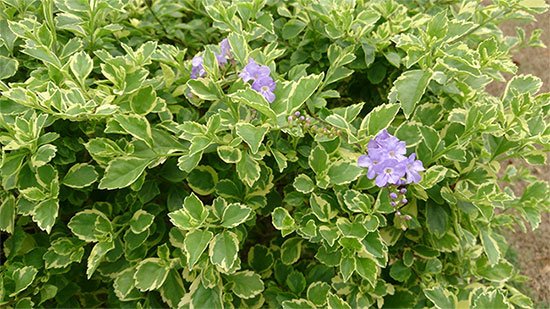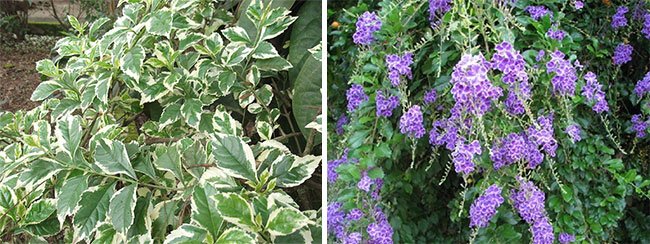Duranta belongs to a magnificent, beautifully flowering shrub, which, rather, refers to exotic domestic species. Despite the luxurious appearance and unpretentiousness, now durant is rarely found in our houses, and you can see it only in the collections of enthusiastic flower growers and large greenhouses. But a few decades ago, the flower was widely distributed as a room culture. The situation must be corrected, the durant fully deserves more attention.

So, duranta (Latin Duranta) is a common name for the genus of perennial beautifully flowering bushes of the Verbenov family, which includes at least 22 species. Such a strange name this shrub received in honor of the Italian scientist Castore Durante, immortalized by Carl Linnaeus. The main value of duranta - beautiful flowers, consisting of five lobes of lilac, purple or white. There are also two-color colors - a white corolla and edges on a violet background. Flowers are collected in the inflorescence in the form of dense long brushes. After flowering, bright orange berries appear on the branches.

The leaves of the bush are no less beautiful: dense, saturated green with a smooth or serrated edge. There are also variegate (variegated) varieties of durants. Branches - dense, spreading, lignifying with age. Sometimes on the shoots there are sharp, hard thorns.

As a rule, duranta is cultivated in the form of spreading shrubs, but one of its species, duranta creeping (Latin Duranta repens) can be formed as a mini bonsai tree. In nature, pigeon berries are found in the tropics of South America, now the plant is grown in many southern regions as a decoration of the landscape.
http://wikibotanika.ru/komnatnie-rasteniya/ekzoticheskie/duranta.html